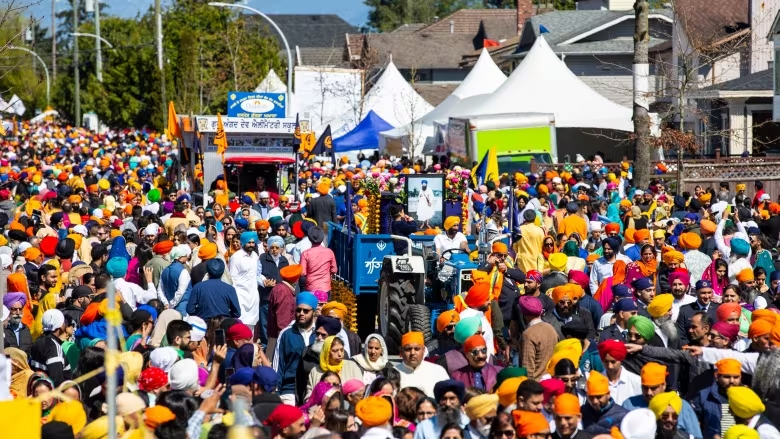Punjab, a state located in the northwestern region of India, is known for its rich cultural heritage and traditions. Punjabi culture is a blend of ancient customs, religious beliefs, and modern influences, resulting in a unique and vibrant way of life. Here are some of the most prominent Punjabi traditions that have stood the test of time:
Bhangra: Bhangra is a popular Punjabi folk dance that has gained international recognition. This high-energy dance is characterized by fast-paced movements, foot-tapping music, and colorful outfits.
Turban: The turban, also known as dastar, is an important part of Sikh culture and is worn by both men and women. It is a symbol of honor, self-respect, and courage, and is an integral part of Sikh identity.
Punjabi cuisine: Punjabi cuisine is known for its rich flavors, spices, and vegetarian and non-vegetarian dishes. Some of the most popular Punjabi dishes include tandoori chicken, butter chicken, sarson ka saag, and makki di roti.
Punjabi weddings: Punjabi weddings are grand affairs, with multiple ceremonies and rituals spanning several days. The wedding ceremony is conducted in a gurudwara (Sikh temple), and is followed by a lavish reception with music, dance, and food.
Phulkari: Phulkari is a type of embroidery that is native to Punjab. It is characterized by bright colors and intricate floral patterns, and is often used to decorate shawls, dupattas, and other garments.
Punjabi festivals: Punjab celebrates a number of festivals throughout the year, including Lohri, Vaisakhi, and Diwali. These festivals are marked by traditional customs, rituals, and decorations.
Overall, Punjabi tradition is a rich and diverse tapestry that reflects the history and culture of the region. Whether it’s the energetic bhangra dance, the colorful phulkari embroidery, or the sumptuous Punjabi cuisine, Punjabi tradition is sure to captivate and inspire anyone who experiences it.


